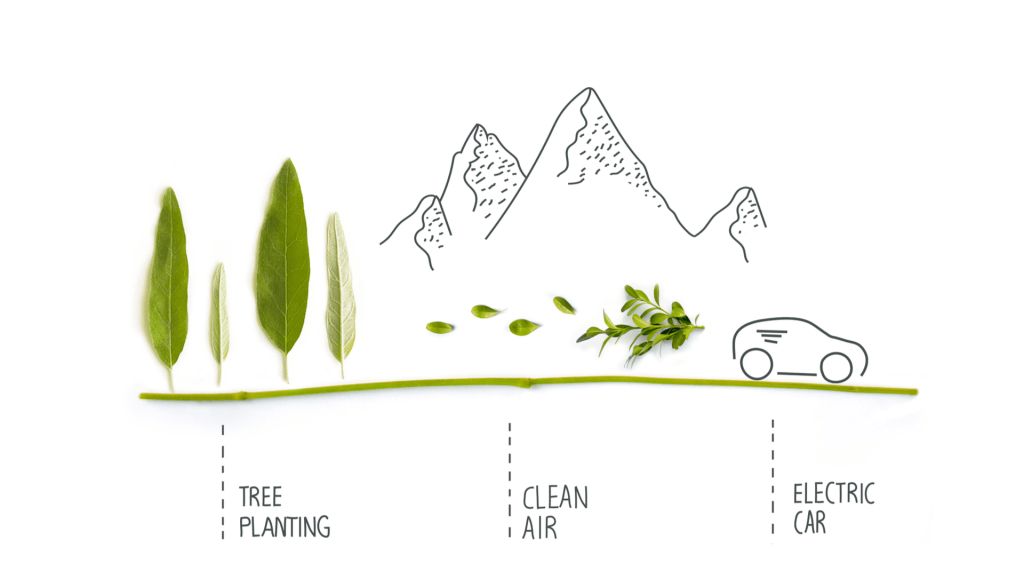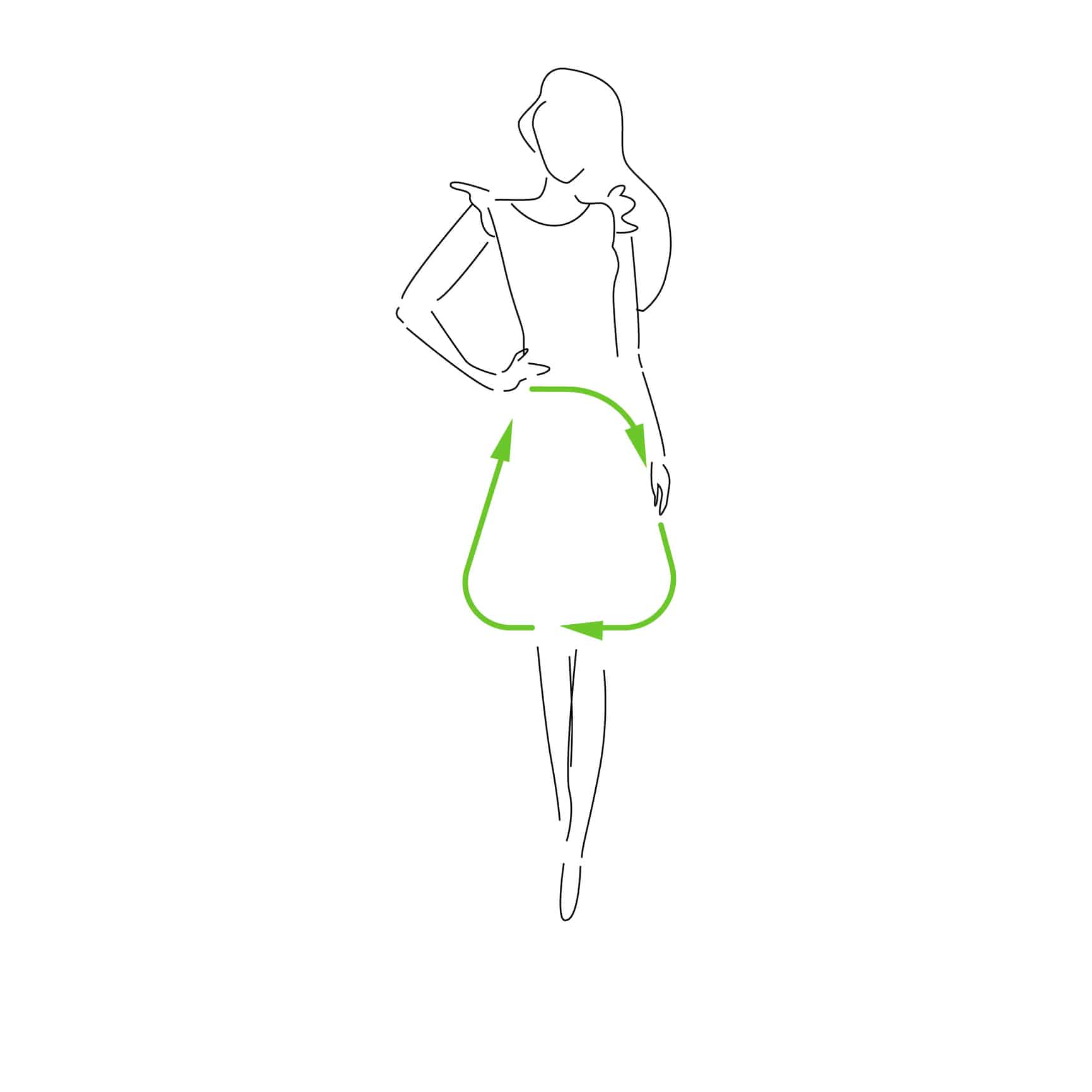The ability to innovate is critical for an industry’s survival and growth. Companies that do not innovate lag behind their rivals and eventually fail. On the other hand, classical kinds of innovation can yield profitable goods, services, and operations while also harming workers or over-exploiting natural resources. Sustainable innovation is making deliberate modifications to a firm’s products, services, or processes to achieve long-term social and ecological advantages while also profiting the business.
Textile firms and brands can follow two approaches to implement sustainable innovation;

Both conventional and sustainable innovation necessitates the creation of new goods, services, or procedures. Three key characteristics distinguish sustainable innovation.
The goal of sustainable innovation is to fulfil the demands of the current generation without jeopardising the interests of coming generations.” Corporations must proactively embrace concerns like those established by the United Nations Sustainable Development Goals. Businesses that participate in sustainable innovation focus on the long-term impacts, such as complying with customers ‘ requirements for ethical work practises, eco-friendly operations and goods, community benefits, and so on. These businesses recognise that consumers examine a company’s practices before deciding whether they will support it.
Sustainable innovations are more likely to be successful if they are thoroughly integrated into the company’s culture, while conventional innovations are often carried out within a specific department. When sustainability is not part of a company’s culture, the desire for short-term profitability may kill off sustainable-oriented innovative ideas before they have a chance to flourish. Sustainable innovation is revolutionary because it may lead to better marketing strategies, enhanced operations, optimised resource flows, decreased wastage and expense, and even the creation of new market sectors.
Since it is a multidisciplinary idea, sustainable innovation requires greater collaboration. To unleash the potential of sustainable ideas, businesses must approach industry. It transforms the company’s “supply chain” into a “value chain.” Companies think about how new inventions will affect internal and external stakeholders, the ecosystem, and the community.
Businesses eventually flourish if they work on sustainable principles. To begin with, sustainable businesses must recruit skilled professionals. Sustainability-oriented businesses attract more conscientious employees than their competition. In a recent Deloitte poll of millennials and Generation Zs, 49% stated that their ethics influenced their professional decisions.
Moreover, firms that engage stakeholders, generate more patents and significant innovations. A commitment to sustainability brings more and greater creativity. Organisations that care about sustainability are far more adaptable to changing business environments than their competitors. Businesses with a sustainability focus were consistently more likely to withstand catastrophes, saw fewer share price fluctuations, and earned more profits in the long term.
Organisations can make their innovation sustainable in the following ways;
Companies can substantially enhance their operational procedures without altering their company strategy. Organisations can work out how to do the same things in a better way and therefore lessen their adverse ecological and social consequences. This is generally simple to do by integrating social and environmental requirements to present production and financial standards. This method is frequently referred to as “eco-efficiency.”
Businesses can produce new disruptive goods and offerings that satisfy social demands and positively affect the environment. This phase moves from “doing less damage” to “doing good by trying novel approaches.” These businesses consider sustainability as a commercial advantage as well. Firms must alter their approach from doing things better to doing new things to accomplish organisational change.
Collaboration to produce beneficial benefits for people and the environment is the most evolved form of sustainable innovation. Organisations become part of an ecosystem and acknowledge that no single entity can attain sustainability alone. The system architects think well beyond the organisation’s borders to include stakeholders from previously unconnected sectors and neglected groups.
The green design represents the most fundamental level, describing attempts to improve particular parts of product design, such as substituting virgin polymers with recycled content.
The next stage is eco-design, which extends beyond specific elements and emphasises the whole product’s life cycle. For instance, low-impact materials selection, improved production, optimised transportation, and optimum product lifespan are all examples.
This method incorporated factors of social fairness into the design formula. Product Design successfully addresses the triple bottom line at this stage.
This marks the point when design not only focuses on product design but instead employs a systemic approach. This perspective incorporates concerns of democracy and justice as well.
Each of the above is included, as well as the construction of new methods of conceptualising future experiences. This is frequently accomplished by developing solutions that emphasise future lifestyles.

Private car owners have better accessibility to electric cars than ever before, but municipal governments are paying attention too.
Recycling of plastic: Annually, 260 million tonnes of plastic garbage are created worldwide; however, only 16 per cent of it is recycled. The petrochemical industry should abandon the “take, manufacture, and dump” business strategy in favour of a circular economy model, which strives to decrease waste while producing economic, social, and environmental advantages. Pyrolysis, which employs heat and the lack of oxygen to turn plastic waste back into liquid feedstock, is one possible circular process.
Renewable energy remains increasingly affordable and accessible in modern times. Nations in Africa and the Caribbean, who constitute the bulk of the planet’s unelectrified populations, are investigating renewable options such as solar energy to deliver energy to consumers rapidly and affordably.
Rather than concentrating solely on decarbonising the primary industrial raw materials for plastics, we might also investigate securely absorbing the carbon generated while these materials are manufactured. Carbon capture and storage (CCS) enables businesses to collect carbon at its generation, compress it, and transport it to an appropriate long-term storage location. Not only does the technique have the potential to cut greenhouse-gas emissions drastically, but it may also result in additional revenue if CO2 can be economically employed to manufacture other products. Several filament producers, particularly producers of polyurethane, are already attempting to put collected carbon dioxide to commercial use.
It’s impossible to meet aggressive global warming targets without considering hydrogen as a crucial component of the answer. By 2050, hydrogen-powered vehicles are expected to power over 400 million automobiles, 15 to 20 million buses, and more than 20% of cruise ships and trains.
| Cookie | Duration | Description |
|---|---|---|
| cookielawinfo-checbox-analytics | 11 months | This cookie is set by GDPR Cookie Consent plugin. The cookie is used to store the user consent for the cookies in the category "Analytics". |
| cookielawinfo-checbox-functional | 11 months | The cookie is set by GDPR cookie consent to record the user consent for the cookies in the category "Functional". |
| cookielawinfo-checbox-others | 11 months | This cookie is set by GDPR Cookie Consent plugin. The cookie is used to store the user consent for the cookies in the category "Other. |
| cookielawinfo-checkbox-necessary | 11 months | This cookie is set by GDPR Cookie Consent plugin. The cookies is used to store the user consent for the cookies in the category "Necessary". |
| cookielawinfo-checkbox-performance | 11 months | This cookie is set by GDPR Cookie Consent plugin. The cookie is used to store the user consent for the cookies in the category "Performance". |
| viewed_cookie_policy | 11 months | The cookie is set by the GDPR Cookie Consent plugin and is used to store whether or not user has consented to the use of cookies. It does not store any personal data. |
Create your free account and begin your sustainability journey.

